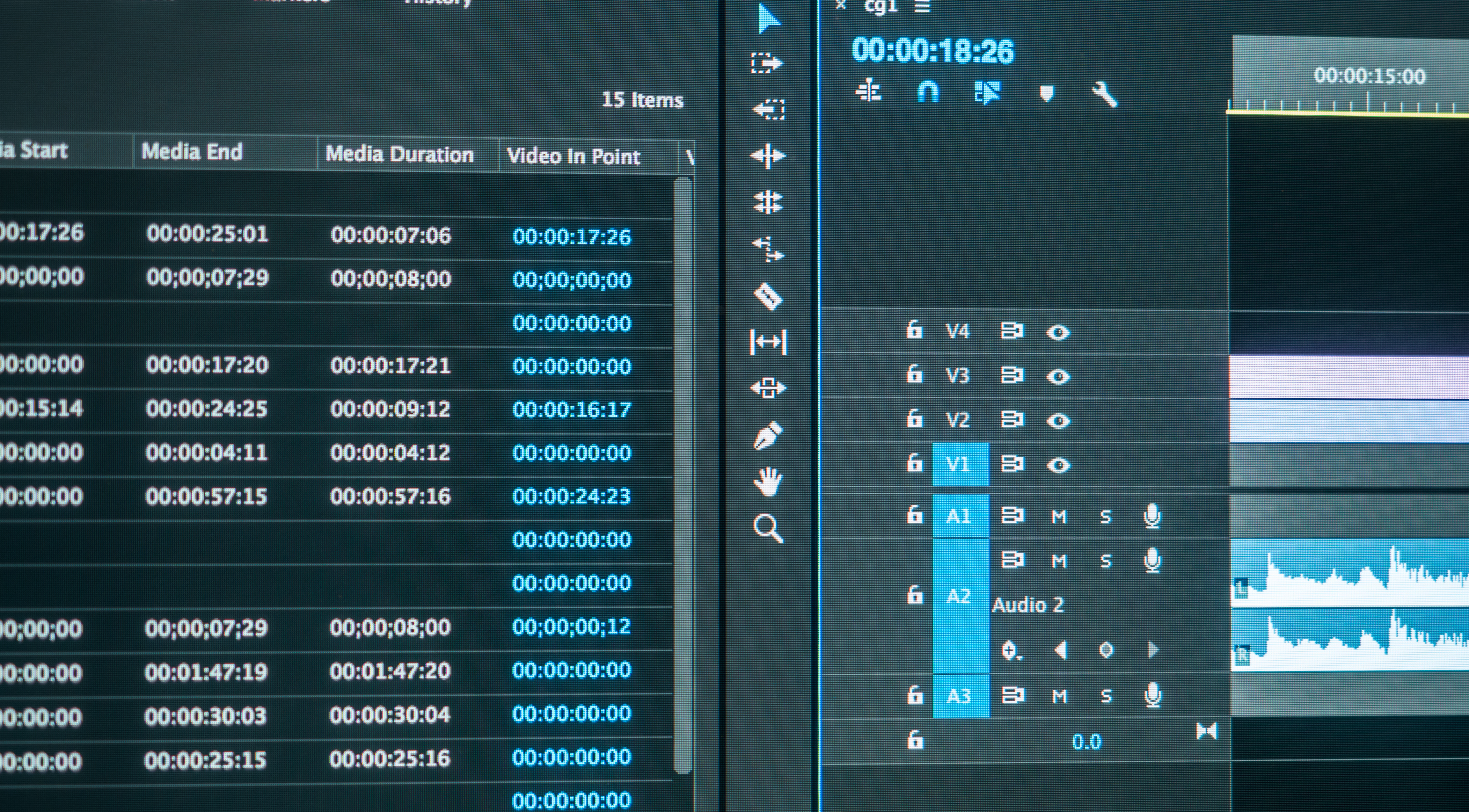Redaction Resources
Focal Forensics offers a rich collection of resources for audio and video redaction. Learn from our experts as they share their knowledge and expertise to keep you informed and up to date.
Video Redaction?
Video redaction is the process of removing and or concealing information in a multimedia recording.
What are the applications of video redaction services?
Multimedia evidence can originate from a variety of different sources including video recorded using body-worn cameras, in-car video systems, digital video recorder systems, 9-1-1 phone calls, jail calling services, crime scene video, and cell phones.
What are the reasons for video redaction?
Law enforcement agencies and criminal justice organizations release multimedia for a variety of reasons including:
- FOIA (Freedom of Information Act)
- Court orders
- Increased transparency
- Use in criminal prosecution or civil litigation
What needs to be redacted?
Each case is unique as state and local legislation mandate what should be redacted before release. The most common redaction requirements that are necessary to maintain the privacy of individuals include, but are not limited to minors, victims, witnesses' names, all personal data, date of birth, age, sex, home address, telephone numbers, family members, place of employment, vehicle information (license number, or VIN), HIPAA, and medical information.
What are the different methods of redaction?
Full Frame Redaction
This method is applied during circumstances when the entire video frame needs to be obscured to protect information that is either very close to the lens of the camera or large enough to fill the entire frame. Other situational circumstances can require full-frame redaction including a hospital or private residence that could expose security information and private details. When attempting to determine if full-frame redaction is the most appropriate form of redaction, one should always take into account the type of information and the amount of transparency that is required.
Selective Redaction
As the name implies, this method is applied selectively within the video when individual faces or objects are visible on the frame and background information must be retained. This type of redaction requires the forensic video examiner to track objects using an automatic or manual process. The goal during the tracking process is to create accurate keyframes or motion information and obscure moving objects throughout sequential video frames. Many factors can inhibit the success and accuracy of motion tracking including extreme motion, poor lighting, and low-resolution video.

Audio Redaction?
Audio redaction is the process of removing audio information within a recording to conceal personal or private information. This process is done using a linear software editing program. It is recommended to remove the portion of audio entirely, creating a brief moment of silence, instead of replacing the audio signal with a beep or tone. This recommendation is based on client feedback and professional advice that tones can be distracting and create further questions, by the listener, as to what was said.
These are only some of the questions and methods for redacting digital media evidence. If you want to learn more, we recommend the following resources:
-
Criminal Justice Information Systems Security Policy
https://le.fbi.gov/file-repository/cjis_security_policy_v5-9-5_20240709.pdf/view -
SWGDE - Video and Audio Redaction Guidelines
https://www.swgde.org/documents -
HIPAA Security Information
https://www.hhs.gov/hipaa/for-professionals/security/laws regulations/index.html -
FOIA- Freedom of information act
https://www.foia.gov -
Common issues in video redaction
https://www.youtube.com/watch?v=0aTSv1WddhE